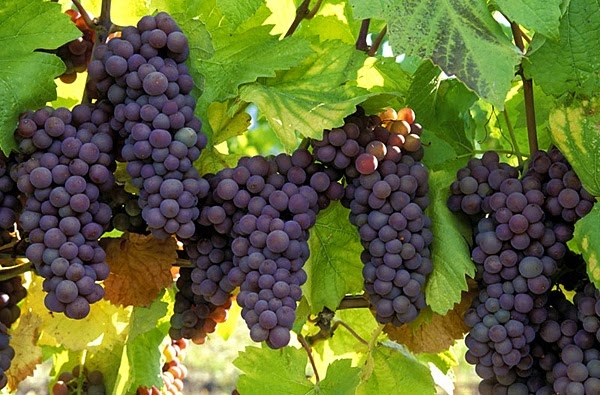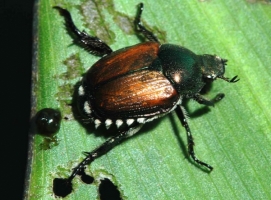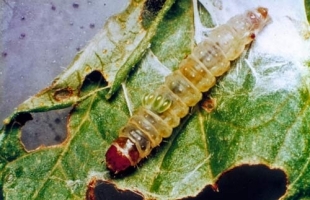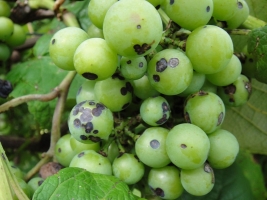General Information
It is a very popular crop in the world and commercially grown in most countries. It is a perennial and deciduous woody climbing vine. It is a good source of vitamin B and minerals such as calcium, phosphorus, and iron. Grapes are used for raw eating and are used for making various products such as jelly, jam, raisins, vinegar, juice, seed oil and grape seed extracts. Grape farming is mainly done in France, USA, Turkey, South Africa, China, Portugal, Argentina, Iran, Italy, and Chile. Among these China is the largest country doing grape farming. It also has health benefits such as it is used to control diabetes, relieves from asthma, heart issues, constipation, bone health etc. it is also useful for skin and hair health related issues.
In Himachal Pradesh, production of grapes is done in dry areas such as Kinnaur, Lahaul Spiti and in hilly areas such as Kangra, Una, Hamirpur, Mandi, lower regions of Solan, Paonta hills of Sirmour etc. In dry areas where rainfall is less, varieties of grapes ripen in August-October month and in low hilly areas where rainfall begins in end-June, early varieties can be grown.











